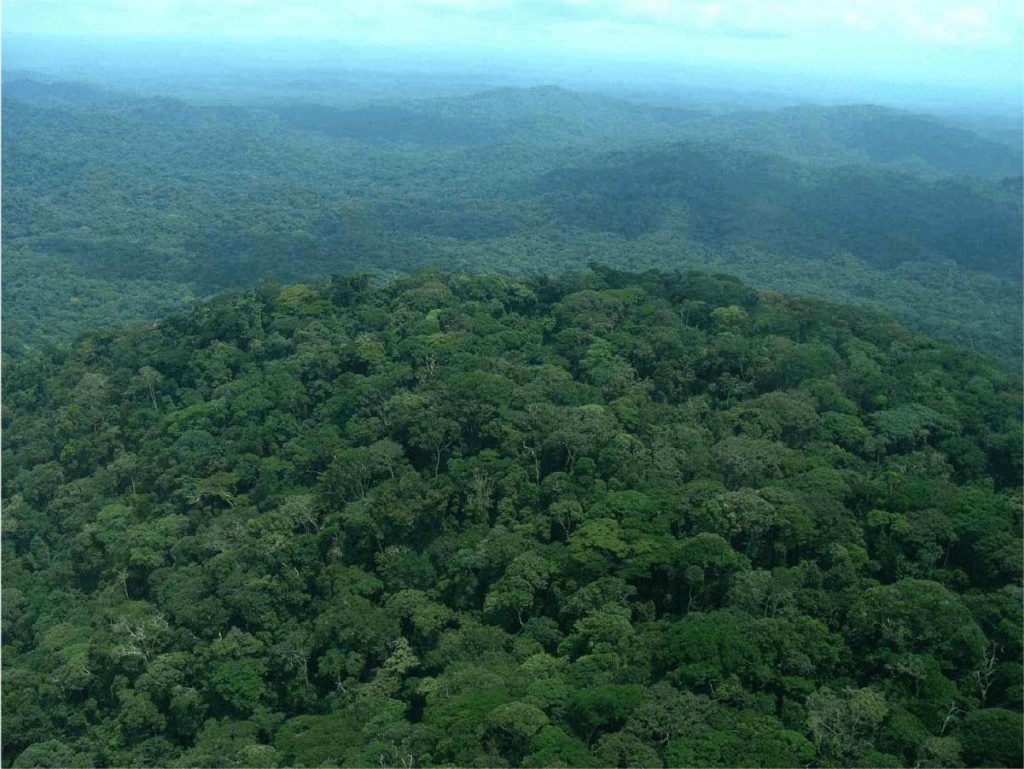Content
Immerse yourself in the natural and wild beauty of Cameroon through an unforgettable journey to the Mpem and Djim National Park. In the heart of Africa, this ecological treasure awaits you with its stunning landscapes and unique biodiversity.
Introduction to Mpem and Djim National Park
Geographical Location and Historical Context
Located in the central region of Cameroon, Mpem and Djim National Park is a sanctuary of incredible wildlife diversity. This park was established with the aim of protecting and conserving its rich biodiversity and historical significance in the region.
Creation and Management of the Park
Founded in 2004, this park is a testament to Cameroon’s commitment to environmental conservation. Its management has involved concerted efforts to ensure the preservation of its unique flora and fauna.
Biodiversity in Mpem and Djim
Characteristic Fauna
The park is home to a wide range of mammal, bird, and reptile species, making it a paradise for nature and wildlife enthusiasts. Here, you can encounter elephants, antelopes, and various species of monkeys.
The presence of 79 species of native mammals makes its biodiversity highly valued and important for the region.
Unique Flora of the Region
In addition to its animal life, the park stands out for its plant diversity. The plants here, some of which are endemic, form a balanced ecosystem vital for the survival of the fauna.
The park is located in an ecological region known as the mosaic of savanna and North Congolian forest. This area represents a transition between the Congolese equatorial forests to the south and the Sudanese savannas to the north. Within the park, forested areas can be found mainly along the rivers, as well as savannas and forests on higher ground. The savannas are characterized by herbaceous vegetation, such as Bokassa grass (Chromolaena odorata) and Imperata cylindrica. As for savanna trees, species like Albizzia and Lophira are prominent. On the other hand, dominant trees in the forests include Piptadeniastrum africanum, Milicia excelsa, Pterocarpus soyauxii, Nauclea diderrichii, Alstonia boonei, Mansonia altissima, Garcinia kola, Entandrophragma utile, Entandrophragma candollei, and Lovoa trichilioides.
Endemic and Endangered Species
This park is home to several species that are endemic to the region. Conservation efforts here focus on protecting these species from extinction. Among the large endangered mammals are leopards (Panthera pardus), chimpanzees (Pan troglodytes), hippos (Hippopotamus amphibius), and African elephants (Loxodonta africana). Fourteen species of bats, both forest and savanna types, have also been recorded in the park.
Activities and Tourist Attractions
Hiking and Exploration
The Mpem and Djim National Park offers visitors the opportunity to explore its trails on foot. Hiking is a wonderful way to appreciate the beauty of this park.
Birdwatching and Wildlife Observation
For bird enthusiasts, this park is a dream come true. It also provides unparalleled opportunities for observing and studying wildlife.
Photography and Artistic Activities
The beautiful landscape offers plenty of opportunities for photography and other artistic activities. Visitors can capture the natural beauty of the park through their lenses.
Visiting Mpem and Djim National Park
How to Get There and Where to Stay
To reach Mpem and Djim National Park, you can fly to Yaoundé Nsimalen International Airport and then take ground transportation. There are several accommodation options near the park, ranging from comfortable hotels to eco-friendly camps.
Permits and Park Rules Information
It is necessary to obtain a permit to visit the park. Remember, the park’s policy focuses on conservation and respect for nature. Always follow the park rules and leave no trace of your visit.
Best Time to Visit and What to Bring
The best time to visit the park is during the dry season, from November to February. Don’t forget to bring suitable clothing for the tropical climate, insect repellent, and, of course, a camera to capture the beauty of the park.
Conservation and Sustainability
Challenges in Biodiversity Conservation
Despite conservation efforts, the park faces challenges, including poaching and deforestation. However, significant efforts are being made to address these issues.
Conservation and Sustainability Projects
Several projects are underway to conserve the park’s biodiversity and promote sustainability, including monitoring endangered species and environmental education.
Environmental Education and Community Engagement Initiatives
Mpem and Djim National Park is also committed to environmental education and community engagement. The local population plays a crucial role in the protection and conservation of the park.
